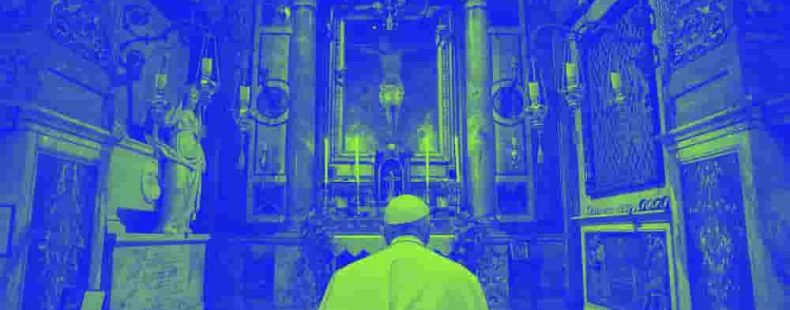As you read about the Pope in the latest news, you may begin to wonder about his name. After all, what does pope actually mean? And how does a pope get his name after he assumes the papacy?
The Pope is the Bishop of Rome, and thereby the world leader of the Catholic Church. The word comes from the Latin pāpa, which means “father.” He is also the head of the Vatican, the tiny, sovereign, city-state within Rome. The Catholic Church believes that he is the Apostle Peter’s successor and may speak infallibly, when he chooses to speak ex cathedra, which literally means “from the chair of St. Peter.”
The Pope cruises around in the Popemobile, an open-topped car. Unlike the centuries-old history of the word pope, the word Popemobile was first used in 1979. His tall hat is called a mitre, and the large band of cloth that he wears around his neck is a pallium.
Within the Sistine Chapel, in a meeting called the conclave, the cardinal electors choose a new Pope. The meeting is called a conclave—a word that in Latin means “a room which may be locked”—because the cardinals are “locked in” to this important task. It takes a two-thirds majority to elect a Pope.
Then comes the exciting part.
After the ballots are counted, they are burned in a stove in the Sistine Chapel. The smoke escapes through a small chimney. If the vote has been unsuccessful the ballots are burned with a special chemical compound to make fumata nera, or black smoke.
But if fumata bianca rises from the chimney, the Catholic world can be reassured that they have a new leader.
The new pope is expected to choose and announce his regnal, or reign name, which is the formal name used during his time as pope. Monarchs practice a similar tradition when they inherit a throne. There are no particular rules regarding what name a pope may choose, but generally their decision is viewed as a reflection of practices or tendencies they favor.












